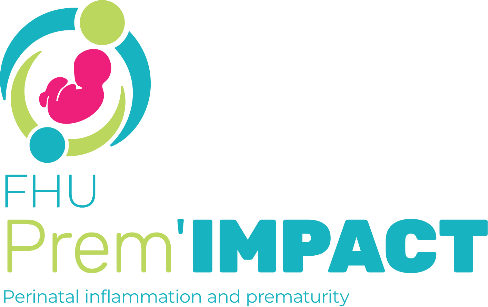Abstract
In a three-dimensional (3D) representation, each protein molecule displays a specific pattern of chemical and topological features, which are altered during its misfolding and aggregation pathway. Generating a recognizable fingerprint from such features could provide an enticing approach not only to identify these biomolecules but also to gain clues regarding their folding state and the occurrence of pathologically lethal misfolded aggregates. We report here a universal strategy to generate a fluorescent fingerprint from biomolecules by employing the pan-selective molecular recognition feature of a cucurbit[7]uril (CB[7]) macrocyclic receptor. We implemented a direct sensing strategy by covalently tethering CB[7] with a library of fluorescent reporters. When CB[7] recognizes the chemical and geometrical features of a biomolecule, it brings the tethered fluorophore into the vicinity, concomitantly reporting the nature of its binding microenvironment through a change in their optical signature. The photophysical properties of the fluorophores allow a multitude of probing modes, while their structural features provide additional binding diversity, generating a distinct fluorescence fingerprint from the biomolecule. We first used this strategy to rapidly discriminate a diverse range of protein analytes. The macrocyclic sensor was then applied to probe conformational changes in the protein structure and identify the formation of oligomeric and fibrillar species from misfolded proteins. Notably, the sensor system allowed us to differentiate between different self-assembled forms of the disease-specific amyloid-β (Aβ) aggregates and segregated them from other generic amyloid structures with a 100% identification accuracy. Ultimately, this sensor system predicted clinically relevant changes by fingerprinting serum samples from a cohort of pregnant women.
